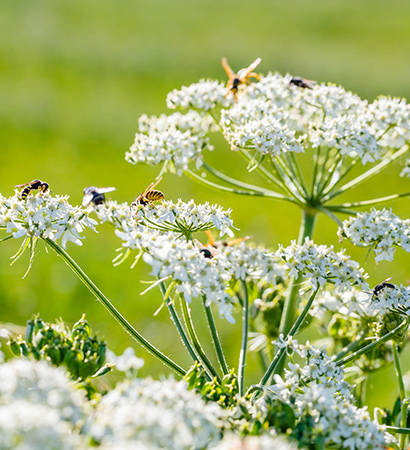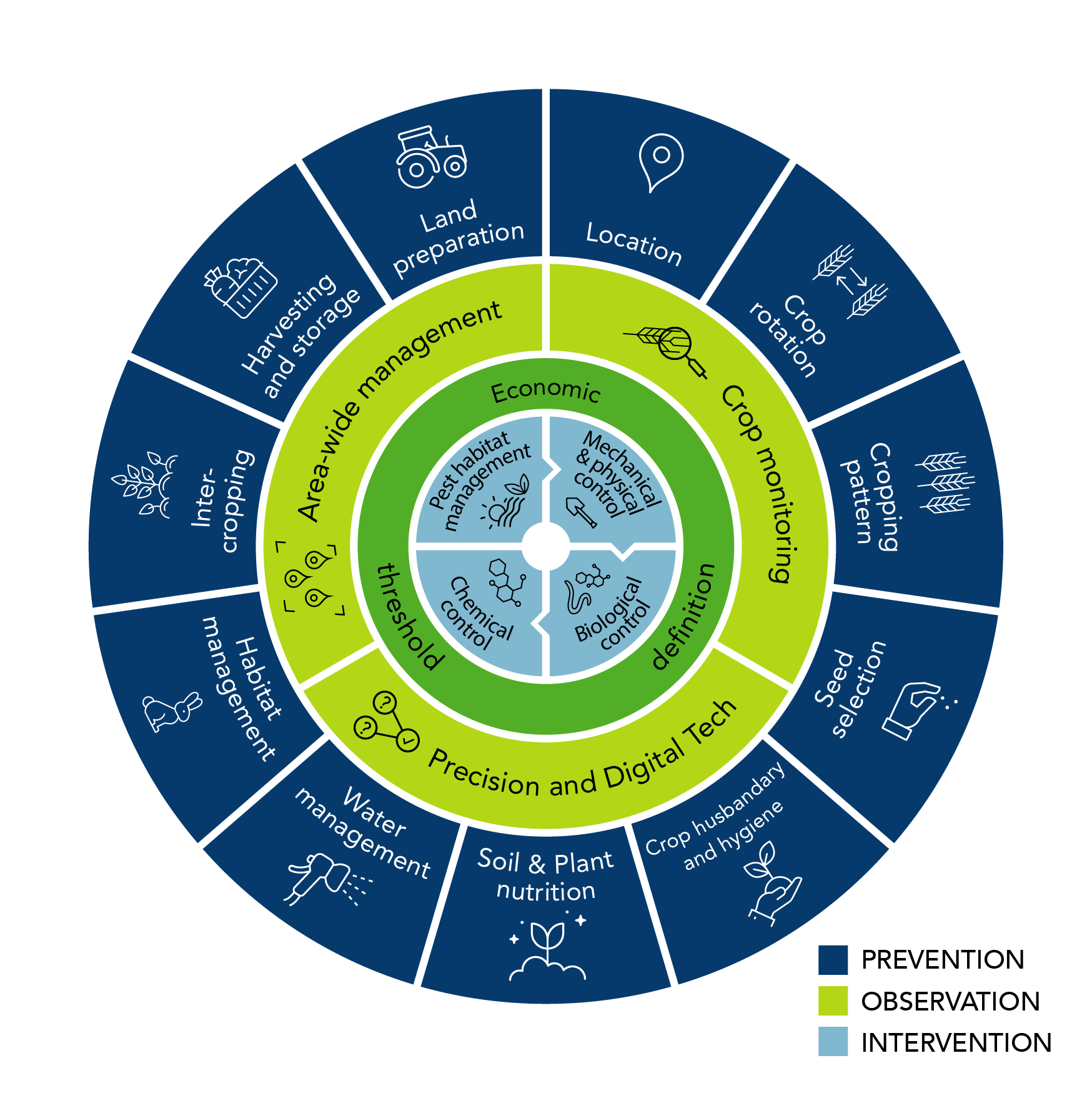The EU’s regulatory framework ensures that pesticides and biopesticides approved for use are sufficiently effective, as well as have no unacceptable effects on the environment.
Environmental safety is of paramount
importance when plant protection products
(PPPs), such as pesticides and biopesticides,
are going through the evaluation and
approval process.
Environmental Safety
Plant protection products are not allowed to be placed on the European market if they have not undergone strict evaluation by EU authorities.
The risk assessment evaluates when a product is used correctly, and whether it is likely to have any direct or indirect harmful effects on human or animal health, as well as on the environment.
From 2021, EU Regulation 2019/1381 on the transparency and sustainability of the EU risk assessment in the food chain (Transparency Regulation) ensures that the content of the technical dossiers for pesticides, biopesticides and genetically modified organisms is made publicly available. These dossiers are the basis for the risk assessment and evaluation process.

The use of plant protection products in agriculture has a measurable impact on the organisms in the growing areas and on the surrounding ecosystems.
As a result, our industry is working tirelessly to find ways to minimise and even reverse the impact, since productive agriculture needs a healthy environment which depends on good agricultural management practices.
In addition to the respective companies’ research and proactive contributions, CropLife Europe is conducting specific research aimed at providing high-quality data to inform risk assessment updates.
For example, the European Food Safety Authority (EFSA) listed a series of open points regarding the pollinator risk assessment. CropLife Europe coordinated the collation of existing datasets and produced a dedicated analysis on possible exposure routes for pollinators (guttation, flowering weeds, succeeding crops), or the sensitivity of bumble bees compared to honeybees.
Biodiversity
Biodiversity is essential to agriculture. Examples include bees that assist crop pollination and earthworms that keep soils healthy. Simultaneously, biodiversity can also be a threat to agriculture in the form of insect pests or fungal infestations that damage crops, or an influx of invasive alien species that can damage local ecosystems.
Protecting biodiversity is a key criterion embedded into the EU legislation for authorising pesticides and biopesticides. The crop protection sector is committed to enhancing biodiversity and natural habitats within farming landscapes by using our expertise in plant protection and agricultural practices.
Farmers using crop protection products correctly plays an important role in creating a balance between the societal need to produce sufficient, economically-sustainable food and a healthy natural environment.

CropLife Europe supports specific actions that help protect biodiversity, such as the promotion of sustainable and regenerative agricultural practices, as well as Integrated Pest Management (IPM).
IPM is a holistic and effective way of managing pests, weeds, and diseases through a combination of cultural, physical, biological and chemical methods. IPM also focuses on preventing pests and weeds by using ecological principles, such as crop rotation and diversification. When pesticide interventions are needed, their safe, responsible and targeted use is critical.
Over time and with sufficient investment, new plant science innovations and crop protection technologies are bringing new nature-friendly solutions to make it easier to maintain and improve the balance between food production and healthy biodiversity.
Water Protection
Since 2000, the EU’s Water Framework Directive (2000/60/EC) has been the main law protecting water in Europe. Its general objective is to achieve “good” ecological and chemical status for all surface waters in the Union, both in terms of quality and quantity (availability) of fresh waters.
Our sector’s major initiative to protect water from contamination by PPPs is the TOPPS – projects (Train Operators to Promote best management Practices & Sustainability). The project develops best practices for farm management to reduce the risk of plant protection products entering water in Europe.
About the TOPPS – projects
TOPPS – projects increase awareness of the need to protect water from plant protection products (PPPs) contamination, while providing practical information on how this can be achieved. The aim is to inform operators and stakeholders about the correct use of PPPs and how to improve equipment and infrastructure.
TOPPS – projects are multi-stakeholder projects, which work with local partner organisations and whose teams provide complementary skills ranging from science to farm advice. This approach helps ensure a broad consensus on recommended measures and delivers a range of risk reduction methodologies which can be used in a toolbox approach.
